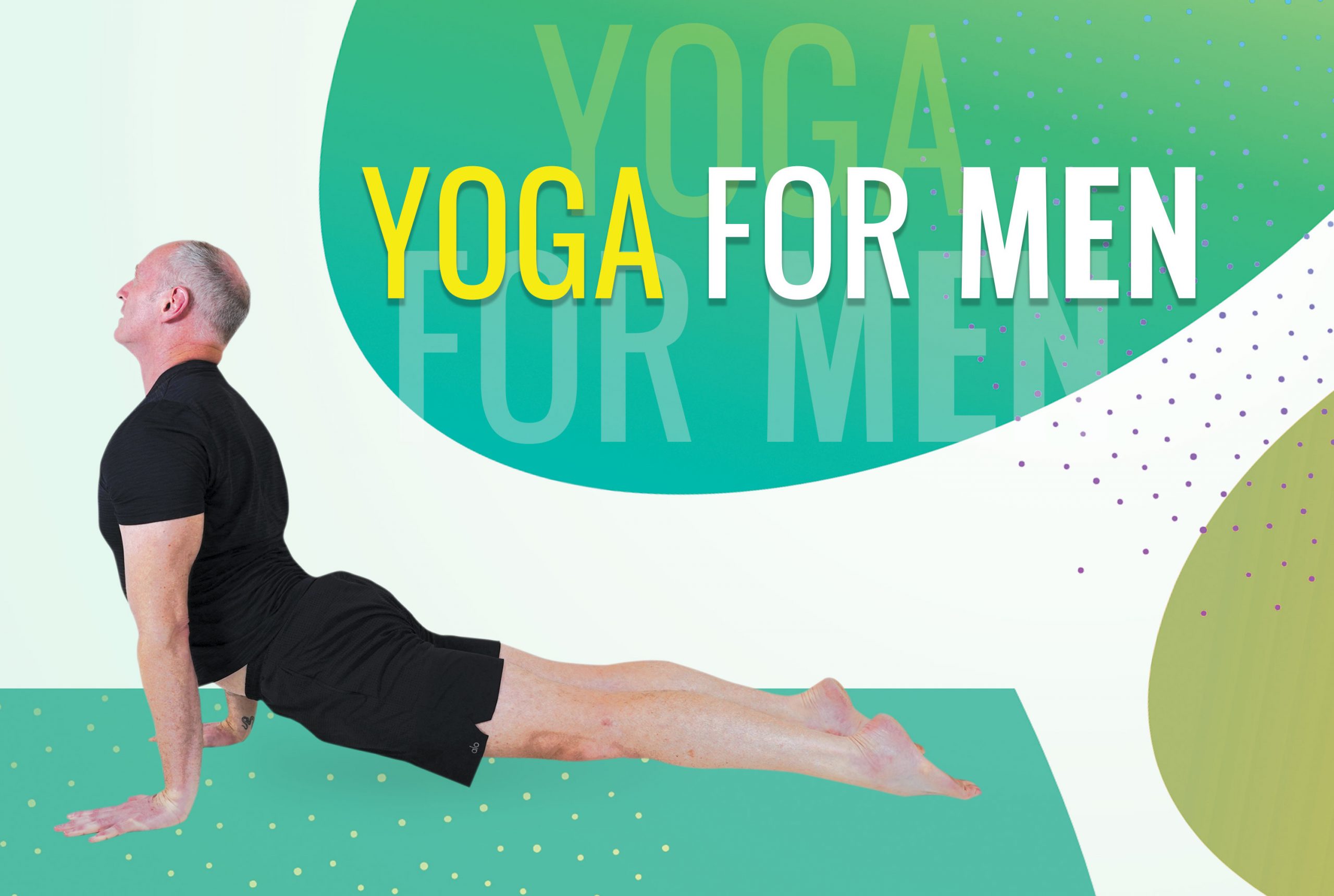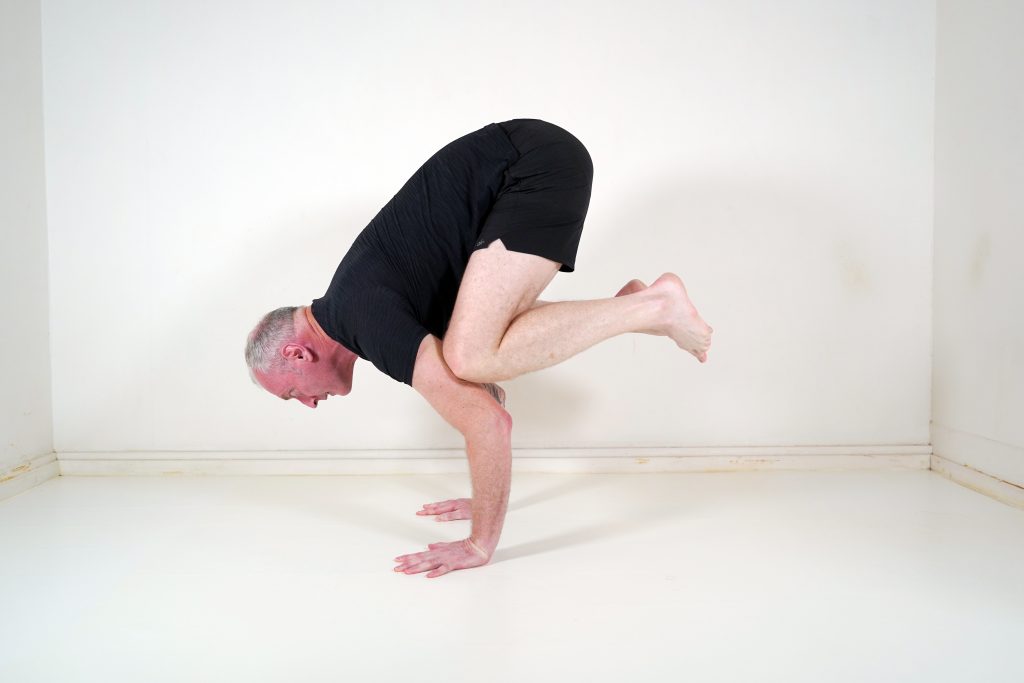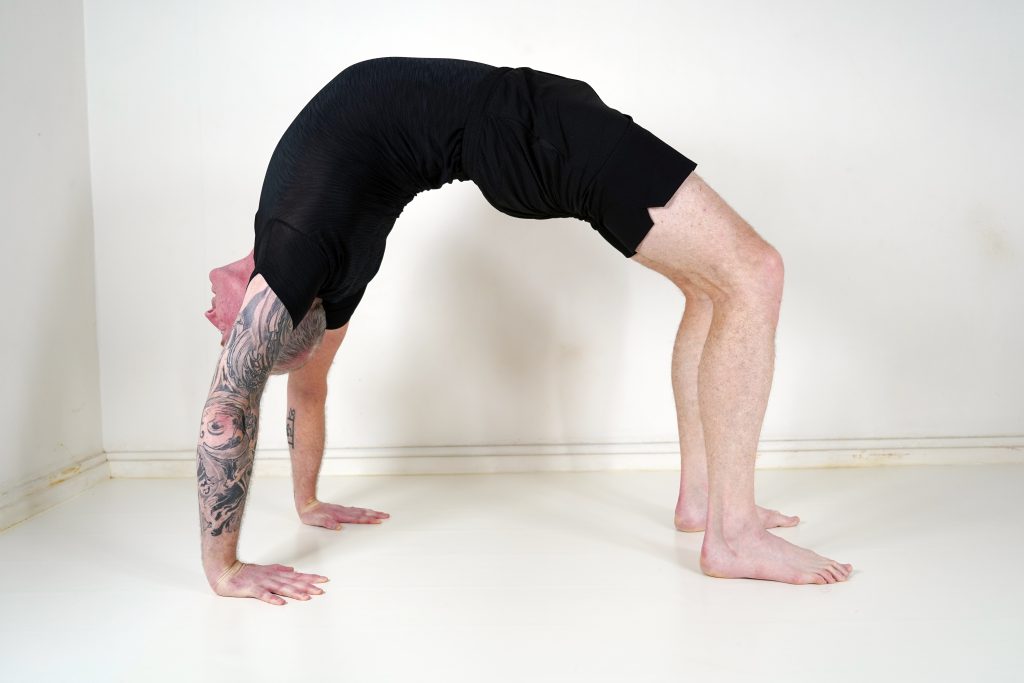Being upfront from the start, the only qualifications I really have to write this article are that I am a man and I practice yoga regularly. Beyond that, I simply draw on my own experiences and observations of yoga and the yoga community, and information captured from reputable yoga sources for anecdotal evidence, statistics and scientific research studies.
I recently did some research on yoga for women, as part of that process I came across a survey which looked at yoga participation generally. The survey was produced by Yoga Alliance and The Yoga Journal in 2016 and found there are over 36 million active practitioners in the US, with over 80 million people showing interest in adopting the practice – over 25% of the population. The growth of participation in yoga is similar in other parts of the western world – particularly in developed countries and regions with median to high levels of disposable income. The results of the survey were not entirely surprising in general, there are now widely accepted views of the many benefits yoga provides – these views are based on significant anecdotal evidence and a growing element of scientific research which has been produced since initial research studies in 1975.
However, one element of the survey stood out, and continues to surprise given the widely accepted benefits that yoga offers – that is the relatively low participation levels of men through western society. It is estimated that between 75-95% of active yoga practitioners globally are women, meaning participation by men ranges between 5-25%. Compare this to India where practitioners are estimated to be more evenly spread, at 50-50% between men and women – this is of course not surprising, given the cultural significance of yoga in India and the practice has essentially been lead and taught by men throughout history within India. Clearly, in the “export” of yoga from India to the west, something failed to connect with men – at least not as powerfully as it connected with women.
So, why is men’s participation so low relative to women? And perhaps more importantly, what are the benefits of yoga that can be used to encourage men to actively take up a yoga practice? Yoga took hold in the west around the mid-20th century – essentially this was the result of celebrities and influencers travelling to India, discovering personally the many benefits that a yoga practice can deliver, and wanting to bring that back to their home environment for ongoing consumption. Not only did the practice take hold in the western world, but multiple supporting businesses grew and flourished – think of fashion wear/brands for yoga and by-products like yoga mats and props.
But why did men miss the uptake and women take to yoga? There are probably many reasons in combination – the main ones that immediately come to mind are the nature of asanas and spirituality elements within the practice. Men in western society have been bred on exposure to competitive and contact sports – fueled by testosterone and ego – the alpha male ideal – compete, win and prove your strength and virility through dominance by physical contact. Yoga, especially the asana focused version which dominates western teaching, resonated more strongly with women. This was only exacerbated with time as the prominent marketing and advertising of yoga throughout the west was focused at women – from the postures used in advertising, the ambassadors used to market and the predominance of women as yoga teachers, all really positioned yoga as an exclusive activity for women in western society. I think the problem potentially was perpetuated over time by the fact that women knew this was an activity they could enjoy and develop without having to worry about the presence of men.
Slowly with time, greater education, more awareness of the general benefits a yoga practice has to offer, the number of men practicing yoga is growing.
Why should men practice yoga?
Understanding the multitude of benefits yoga can deliver, which are not dependent on whether you are male or female, addresses this question. Yoga can be viewed as a practice which is made up of the core elements of postures, breathing, relaxation and meditation – practices also referred to as Asanas (postures/poses), Pranayama (breathing), and meditation, yoga nidra and restorative practices (relaxation and meditation). The combination of these activities within a yoga practice provide physical, mental, emotional and spiritual benefits to healthy and health challenged individuals. Yoga has been practiced for centuries and there is a wealth of anecdotal and personal experience evidence which supports that yoga yields significant benefits. Since 1975 research studies have been undertaken across a number of areas which has created a growing amount of scientific evidence supporting the benefits yoga delivers to both healthy and health impaired individuals. While it is challenging to document all the studies of relevance within this article, I would point the reader to the Yoga Alliance website which provides access to research studies which have been undertaken involving Yoga and also provides many wonderful presentations which discuss and share the key general findings from research studies as it relates to the benefits that yoga provides, this is just one reputable source of information. If we break it down into key themes or areas as to why men specifically should be encouraged to practice yoga, it would fall under these categories:
• Physical benefits – it is now widely accepted that yoga improves strength, flexibility, mobility, balance, proprioception and energy levels – enhancing performance generally and specifically across areas like sporting activities and sexual performance! Additionally, research studies have provided evidence of deeper physical benefits including enhancing bone strength and density, immunity levels, cardio-vascular and respiratory functions, reducing inflammation and blood sugar levels and positive impacts on hormone imbalance. The broadness of these physical benefits points to yoga being beneficial across all age levels and for both healthy and health challenges populations;
• Mental and Emotional benefits – the studies have shown positive benefits from yoga on concentration, attention, focus and enhanced memory and cognitive function. A number of studies have been undertaken using mental imaging techniques and provide evidence of increased Gamma-aminobutyric acid (GABA) – this is an amino acid that functions as the primary inhibitory neurotransmitter for the central nervous system, reducing neuronal excitability by inhibiting nerve transmission GABA increases results directly in reduced stress, anxiety and mood imbalance. At a higher emotional level, the evidence supports the benefit to self-esteem and self-awareness that also accrue through a consistent yoga practice.
• Impaired health benefits – there is a large and growing body of research covering the impacts of a yoga practice where individuals are suffering disease or disorder of a chronic nature. These research studies have essentially looked at how yoga can improve the impact of symptoms, management of pain and the overall quality of life experience. The studies have generally found positive evidence that yoga improves overall quality of life, and has direct positive impacts on symptoms and side effects of disease and disorder such as fatigue, sleep disorder, inflammation, immunity, pain tolerance and regulation, anxiety, mood imbalance and stress.
So, there are a lot of very good reasons for men generally to look to take up a yoga practice. I’ve personally been practicing yoga for over 10 years after first joining a yoga class with the goal of improving general flexibility and mobility. I think this would possibly be the most common reason for men to take up yoga, as a means to improve flexibility and mobility. With this in mind their first exposure to yoga in a class environment may be mentally and emotionally challenging when they encounter and naturally compare themselves and their ability, or lack of, to the predominant number of naturally flexible women in class. It is important for any new yoga practitioner to have a realistic and balanced expectation of the challenges they will encounter – be patient and try to quieten the natural male instincts to compete or compare to others. In terms of men specifically, there are physiological differences to women – men will generally be more muscular and also tend to have greater strength and lesser flexibility when compared to women. As an example, men will tend to be more muscular in upper legs, shoulders and chest areas than women – as a consequence men will struggle comparatively to women with postures that are deep forward and back bends, and yin style postures (think hip opening and split leg postures). But the general strength of men will allow them to find more joy in arm balances, inversions and yang style postures (think chaturanga and lolasana). This is where I have observed most men finding challenge when they take up a yoga practice, they tend to look to classes that play to their strengths and avoid their challenges – this is actually where I believe they will find greatest benefit. There is clear evidence of general benefit in men practicing yoga, where this will chrystalise to maximum benefit is where they find balance in their practice in both yin and yang elements.
With consistency and time invested in your practice, I found you become more aware of the mental and emotional benefits you derive from yoga. These are not unique, they have all been articulated above in this article and supported through both anecdotal and scientific research. However, the benefits I obtained were particularly unique to me, and that is why I continued my practice. My point here is that it is pretty easy to provide a general view on how and why yoga is beneficial to men, but fundamentally what is most important is how this benefit uniquely manifests itself for each individual man. This can only happen if you try yoga, approach it with an open mind and a willingness to understand the practice and give yourself an opportunity to benefit from it with adequate time. Under those circumstances, these general benefits of yoga to men highlighted will manifest in a unique form for you personally – which is ultimately what will keep you coming back to your mat and developing your yoga practice.




















 Other
Other